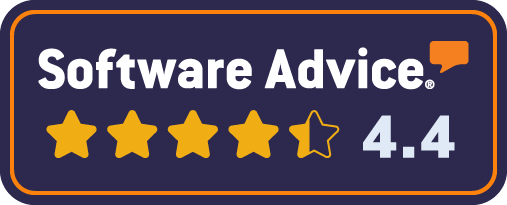A direct sourcing strategy is an alternative solution to using a third-party recruitment agency. Learn how to implement a step-by-step system.
Organisations across industries rely on third-party recruitment agencies to vet and recruit new talent. Third-party outsourcing frees up internal resources but doesn’t always lead to the best talent acquisition. Learn the ins and outs and how to customise a direct sourcing strategy tailored to your unique hiring needs.
what is direct sourcing?
With direct sourcing, organisations hire employees using their own internal resources rather than hiring an independent staffing agency. HR staff or an internal recruiter may seek talent a number of ways, such as:
- Advertising on job boards
- Scouting for talent on social media (e.g. LinkedIn)
- Reaching out to former employees
- Getting referrals from current staff members
- Contacting prior applicants from previous hiring cycles
the benefits of direct sourcing
More companies - from small businesses to enterprises - are turning to direct sourcing over third-party outsourcing. Here are some of the benefits that motivate companies to make the switch.
1. Find industry-qualified candidates
Third-party hiring agencies may not be specialised in your industry. You can instruct them to look for specific qualifications on a CV, but they lack some of the insights that an internal HR/recruiter might have from working within the organisation.
2. save time
The time-to-hire may be shorter with direct sourcing since your HR department interacts directly with the candidates. There’s no middleman acting as an intermediary. Direct interaction throughout the whole hiring phase also reduces the likelihood of a bad hire. This saves you the time of having to fill the vacancy again due to an early turnover or termination. It takes UK companies an average of 27.5 days to fill a vacancy. Preventing turnover, therefore, can prove to be a major timesaver.
3. fulfill compliance requirements
Third-party agencies may be familiar with national-scale hiring requirements. However, they may not understand industry-specific compliance regulations. Your internal HR are industry insiders who will meticulously check that eligible candidates meet regulatory compliance measures at the national, local, and company levels.
building a direct sourcing strategy step by step
There’s no one-size-fits-all methodology that works across all companies. Your direct sourcing strategy will be unique based on your recruitment goals. Here’s a six-step plan to help you develop your own blueprint.
1. create an organisational plan
Define your hiring goals and set dates. Some goal initiatives to consider include:
- Reduce hiring spend by X% from the previous hiring cycle
- Reduce time-to-hire by X% from the prior cycle
- Increase retention by X% over the next calendar year
Determine the methods you will employ for achieving these milestones. This may include requiring specific qualifications on CVs, asking certain interview questions, etc.
2. identify recruitment sources
What sources will you use for recruiting applicants? As mentioned earlier, sources can come from mediums like job boards, social media, referrals, or outreach to former employees or applicants.
3. define your tools
Determine which tools you’ll implement for your direct sourcing strategy. This may include an applicant tracking system (ATS) to help you oversee and streamline the recruitment process.
4. establish key performance indicators (KPIs)
Determine which KPIs you’ll use and plug them into your ATS for metric analysis. Your KPIs should tie into the goals you established in the first step. For example, if your goal is to reduce hiring spend, then you should have KPIs that measure the average cost per applicant, spending by source, cost per referral, etc.
5. optimise your system
When you roll out your direct sourcing system, expect to continue to make modifications along the way. You may find that some KPIs aren’t as relevant, or discover useful features in your candidate management system. A/B testing will also help you refine the system.
6. scale the system as needed
If you’re currently relying on recruitment agencies, moving to a direct sourcing model will be a gradual transition. Your next hiring cycle may include a mix of third-party agency assistance and experimenting with your direct sourcing strategy. In subsequent hiring cycles, you’ll scale up direct sourcing and gradually phase out third-party help.
make direct sourcing an internal process
Your own HR department knows your company better than a recruitment agency that’s juggling a dozen other clients. For a direct sourcing strategy to be successful, you need the right tools. One such tool is hireful’s applicant tracking system. Schedule a 15-minute intro call to find out how our system helps UK organisations take full control of their hiring processes.

















